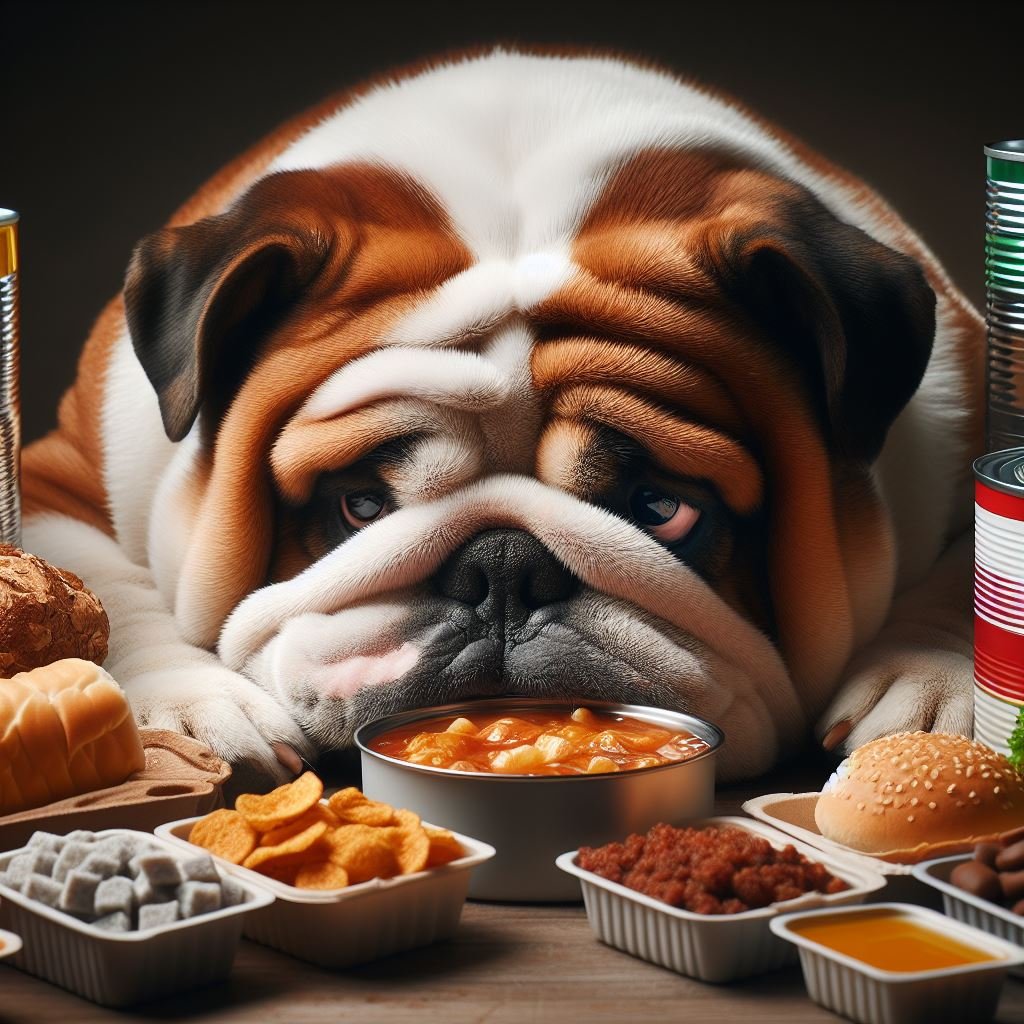Processed Food - is it all bad?
Have you ever looked at or considered healthy eating for yourself or your loved ones? If you have, I’m sure, you have found plenty of advice. Two things probably came up time and again:
Cut down on saturated fat and sugar.
Avoid highly processed food.
And it’s interesting, because both are linked. Let’s look at what processed food means (for us hoomans and for dogs):
Processed Food - It’s a scale
Food processing happens on a scale from unprocessed (think your fruit, veg and nuts for example) to highly or ultra-processed foods that are typically ready-to-eat with minimal prep. On this scale you want to keep as close to left as possible. You do this by processing (aka cooking or preparing food) in your kitchen with ingredients you understand when you read the label or buying foods that are made from just a handful of ingredients. These should be ingredients that you know and would be able to get your hands on yourself.
Once we move further to the highly processed end of the scale the items can often include a lot of salt, sugar and fat. Beyond that artificial colour, flavours, preservatives, thickeners, emulsifiers, artificial sweeteners and other chemicals are often added. For dog food artificial attractants are also a common ingredient to make food smell more appetising to dogs. Why do some manufacturers bet on highly processed food? Well, it makes the item last longer, allows for mass production at low-cost and caters for the convenience market. Oh yes, high profits are part of it, too. For pet food, derivatives are also a common cost saver as well. These are, in short, animal by-products of uncertain provenience and can include beaks, claws, fur, hooves... Doesn’t that just sound healthy and delicious…not!
Processed vs preserved
Preservation of food is something quite normal and not a bad thing if it remains on the lower end of the processing scale. Methods like pickling, drying or salt preserving, refrigeration, fermentation, and freezing have all been around for a long time and are minimal on the processing scale.
Once you move to highly processed foods, saturated fats, sugar and even chemicals are used among other things to extend shelf life and to make it more palatable to the point it becomes addictive (think MSG) and we are back into the space of unhealthy eating.
Health problems from highly processed foods
The bottom line is that highly processed foods are inferior to unprocessed foods. They are known to lose a lot of the goodness that comes from fresh ingredients. Goodness like fibre, good fats, protein, vitamins and minerals. Highly processed foods have been suggested to have contributed to the obesity crisis as well as the rising of chronic illnesses such as heart disease and diabetes. And not just for humans. The rise in obesity and health issues can be seen in pets today also.
The scary thing is that many foods hide behind a healthy label like “diet” or “low fat”. They make you think something is good for a particular condition or weight control when in fact they have substituted good fat and other healthy ingredients for items like polyunsaturated fatty acids (PUFAs) which are known for being highly inflammatory, low grade protein and of course the omnipresent sugar.
What’s next
This article started by asking: Have you ever looked at or considered healthy eating for yourself or your loved ones? Most of us include our pets when we think of those we love. So just like when we look at the list of ingredients on labels of food we buy for ourselves, we should do the same for our pet food. And just as we are cautious about the amount of salty snacks and ready-meals we buy for us, we should do the same for our pets also. Just remember, it’s a scale. We feed Curtis mainly raw - bar his treats. But this is not an option for everyone for a variety of reasons. We get that. Fully getting around processed food is difficult. We recommend aiming to stay on the left side of the scale as much as you can.
3 important questions to remember:
A piece of advice is to look at the ingredients in your dog food. Ask yourself 3 questions:
Do I recognise all the ingredients?
Is there a low number of ingredients?
Does it come from a reputable source?
If the answer is no to any of the questions, then stay away.
It’s not easy wrapping our head around nutrition. We hope the scale and explanations here help a little on your journey.


